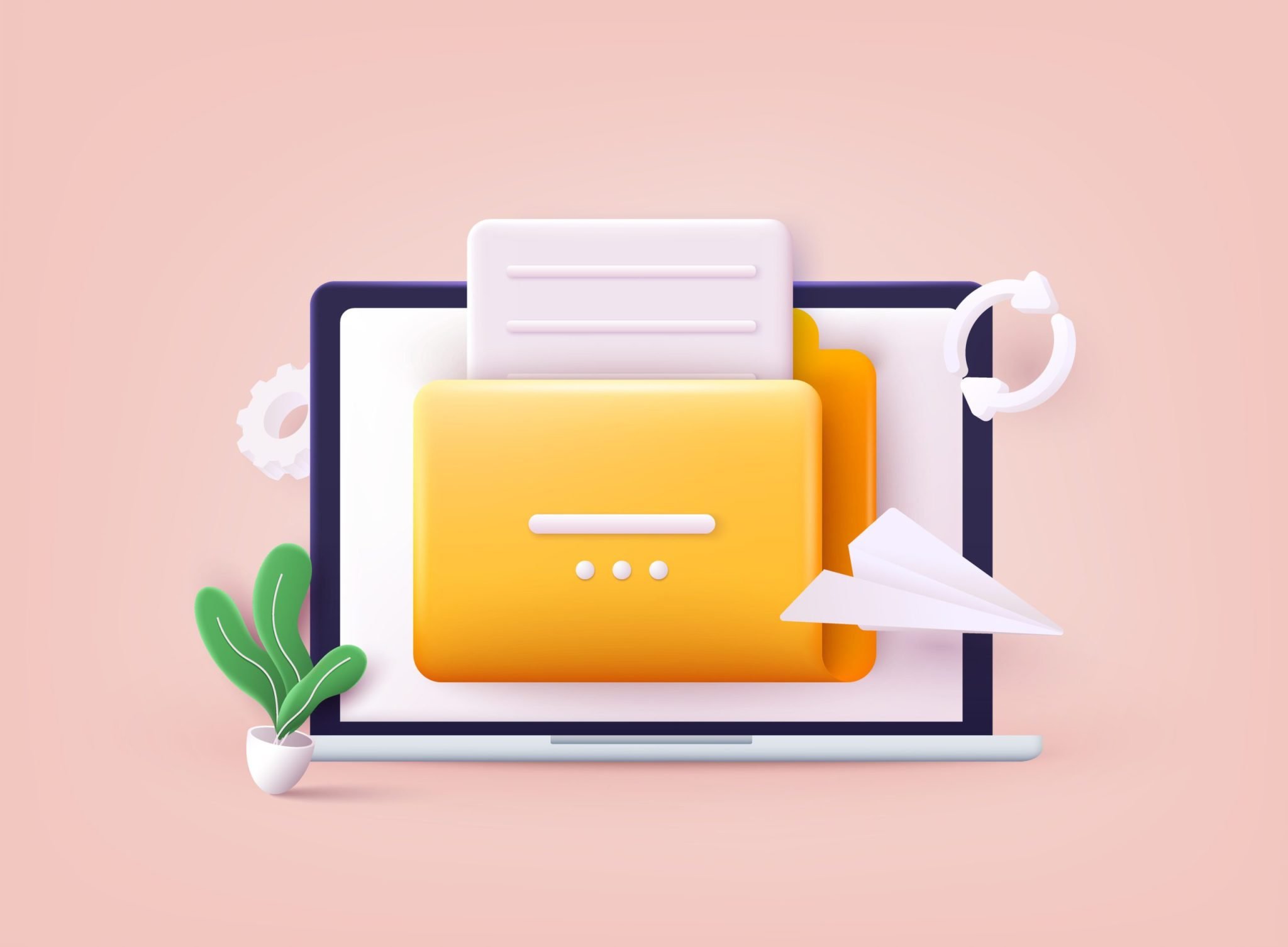What is a vector logo, and why do I need one?
As a business owner, you may think that having the most suitable logo to represent your business is crucial. In fact, you are right, but an equally significant factor is to make sure that your logo is saved in the right file format, otherwise all the effort that you put in to make your logo appear pixel-perfect will have been wasted.
In this post, I explain what a vector logo is, how they work, and why you should have your logo in a vector format.
Let’s begin.
- AI: The most common format you’ll see is an Adobe Illustrator file, which is a modified EPS file.
- SVG: Widely overlooked by designers in the past, Scalable Vector Graphics are now becoming ubiquitous as browsers support any screen resolution.
- EPS: Encapsulated PostScript is the most popular format for vector graphics and is supported by most vector graphics software, making it a standard.


